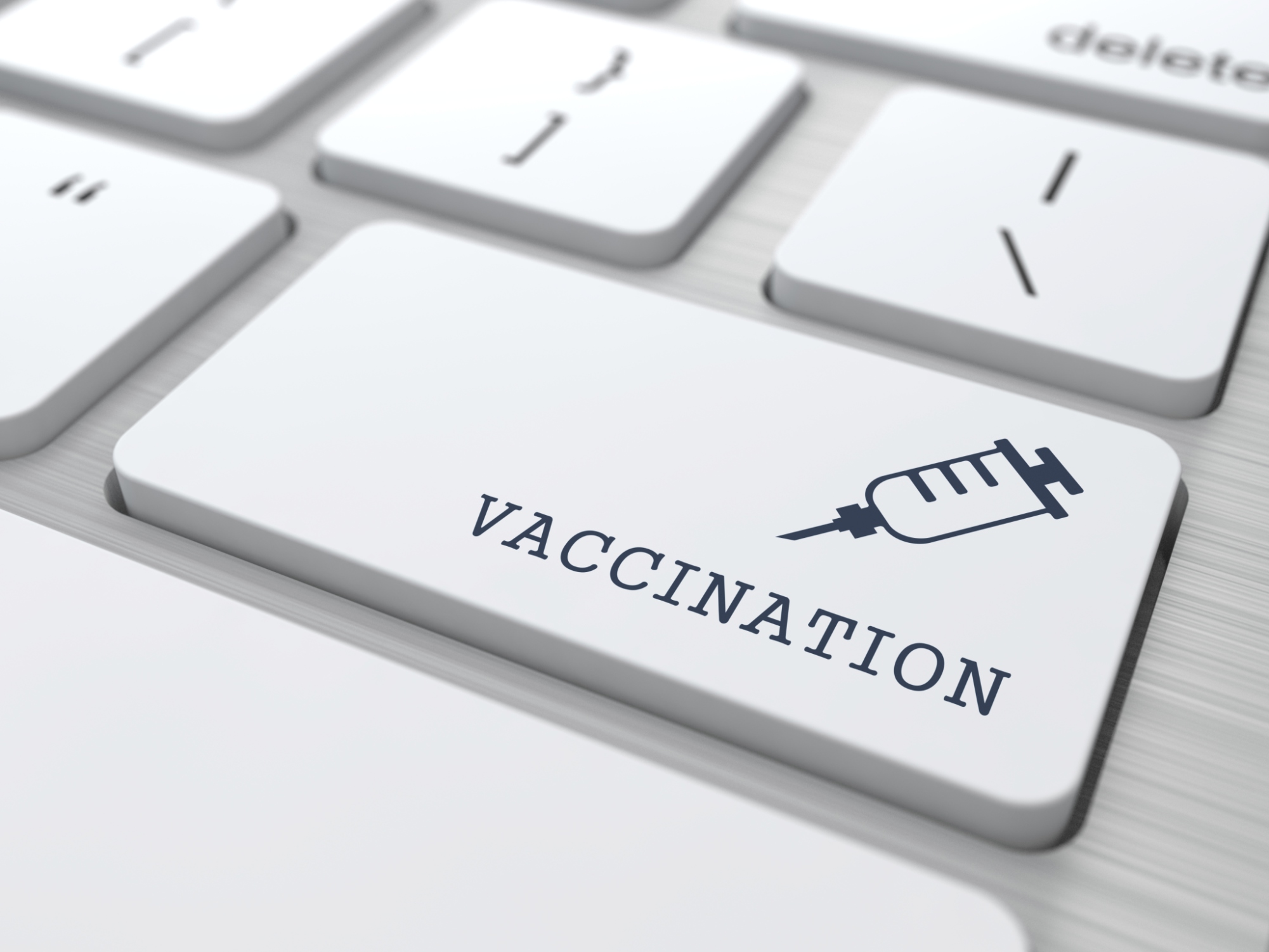The University of Pittsburgh Graduate School of Public Health recently unveiled a free, easy-to-use simulation that allows people to see what a measles outbreak would look like in their town. Called FRED Measles, the simulation – optimized for mobile devices – allows users to compare a measles outbreak with high and low vaccination rates.
Despite FRED’s simplicity, creator John Grefenstette, Ph.D., professor of health policy and management at Pitt Public Health, explains that intricate details are involved in making the simulation work.  “When you select the city where you want to spark a measles outbreak, FRED already knows a great deal of information about that city,” said Dr. Grefenstette. “Behind the scenes, we’ve loaded a population model that reflects the demographics of the region. This includes information such as the number of people in the city, how densely they’re housed and their ages. But it goes beyond that to look at something we call ‘social contact patterns,’ which considers information on the household sizes, schools, workplaces, how many people in the city work and in what occupation, how many attend school and what distance they commute each day. All of this data is programmed into the simulation so it accurately reflects the potential contacts of a person infected with measles.”
“When you select the city where you want to spark a measles outbreak, FRED already knows a great deal of information about that city,” said Dr. Grefenstette. “Behind the scenes, we’ve loaded a population model that reflects the demographics of the region. This includes information such as the number of people in the city, how densely they’re housed and their ages. But it goes beyond that to look at something we call ‘social contact patterns,’ which considers information on the household sizes, schools, workplaces, how many people in the city work and in what occupation, how many attend school and what distance they commute each day. All of this data is programmed into the simulation so it accurately reflects the potential contacts of a person infected with measles.”
FRED does not have information on actual people or their addresses.
The social contact patterns were created by RTI International, a nonprofit research institute. Its “Synthetic Population” uses population data collected by the U.S. Census to create artificial reflections of the spatial distribution and behavior of the people in more than 240 U.S. cities.
Dr. Grefenstette and his team then gave the simulation information about the contagiousness of measles and the vaccine. The simulation is somewhat conservative – for the vaccination rate, it assumes that only people ages 6 months to 15 years can be unvaccinated. For the purposes of modeling, this accurately reflects U.S. vaccination rates because infants younger than 6 months typically have some immunity conferred from their mothers before birth, and most adults are vaccinated.
The simulation currently allows users to consider two scenarios: a 95 percent, or “high,” vaccination rate and an 80 percent, or “low,” vaccination rate.
“This may not sound like a big difference,” said Dr. Grefenstette. “But when you run the simulation, you really see how one case of measles in a community with an 80 percent vaccination rate can spark a massive outbreak. In the simulation, measles cases are represented by red dots – and after a few months, the city becomes covered in dots, much like a person with measles.
“I really hope that the public tries this out and gets a better understanding of why it is so important for everybody who can be vaccinated to get vaccinated. What FRED shows is that it really doesn’t take too many people forgoing vaccination to drastically increase the risk of a widespread outbreak.”
Try it out: fred.publichealth.pitt.edu/measles









